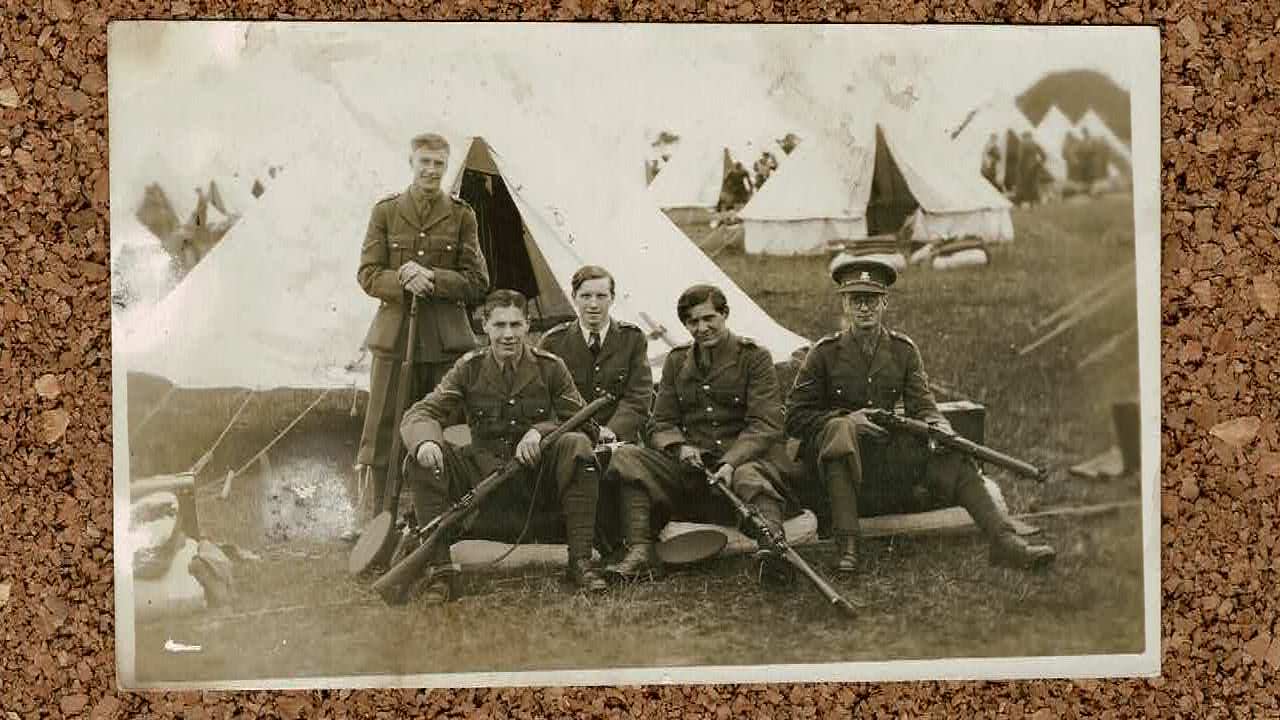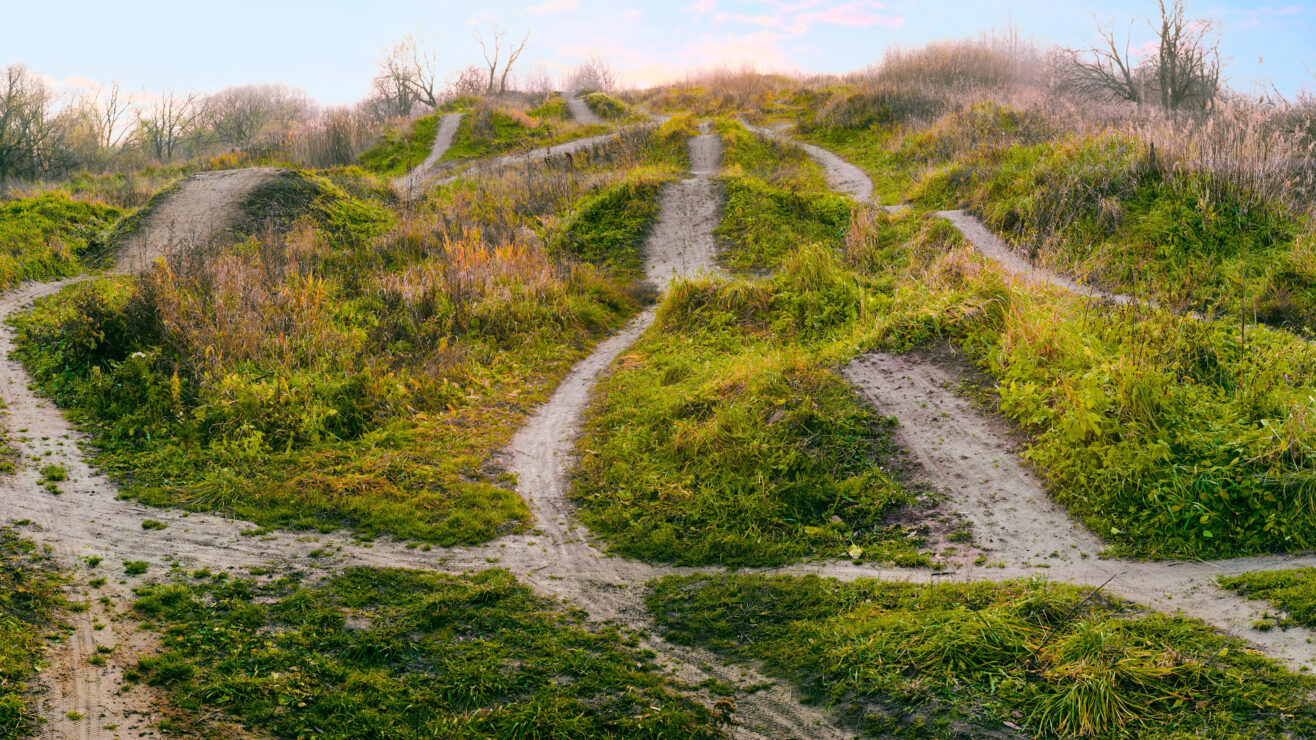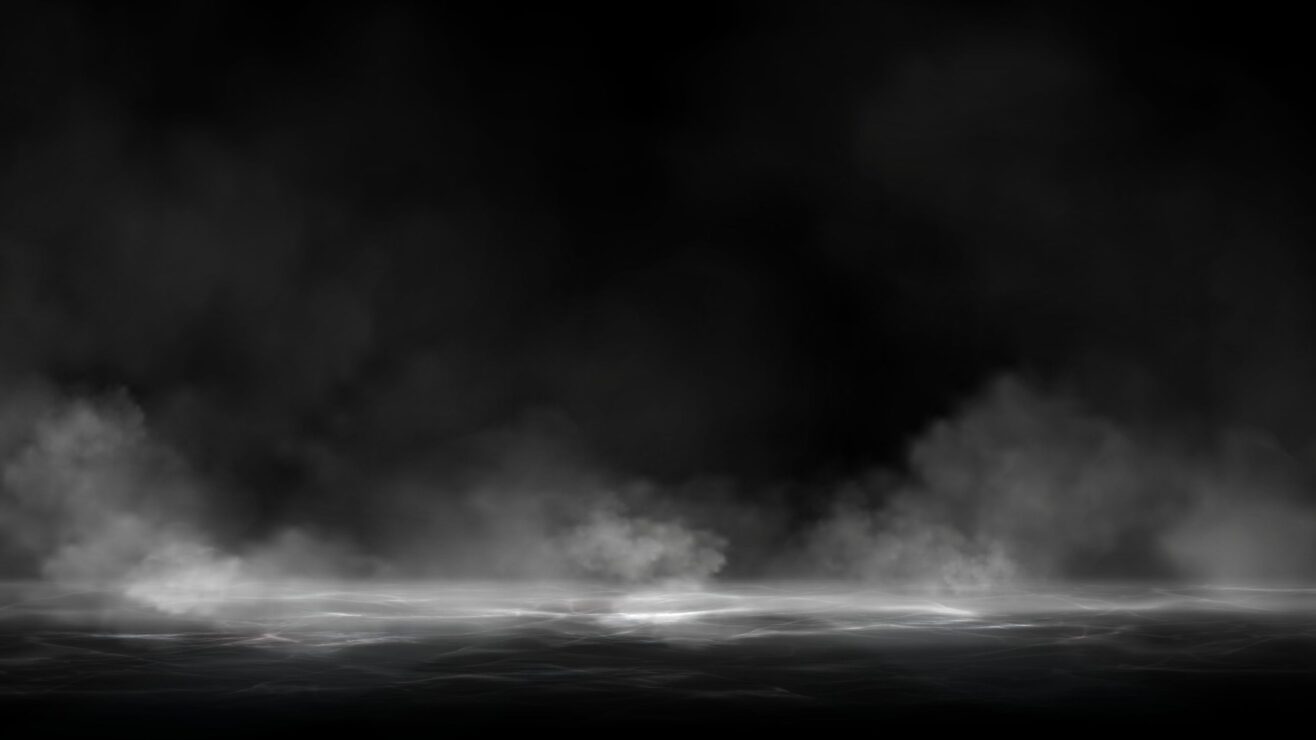This is Tent No 3 of the Littlemore Officers’ Training Corps University Camp 1938 – Oxford, I think, being the university in question.
Officers’ Training Corps, or OTCs, were first established in 1908, at the behest of Lord Haldane (yes, that one – the multi-purpose Edwardian high panjandrum who also established the Haldane Principle that decisions on specific research proposals are best taken by researchers themselves through peer review).
Haldane was Secretary of State for War and was concerned that there was a shortage of officers for reserve and territorial units. And so Officers’ Training Corps were established – a junior division in public schools, and a senior division in universities.
Between August 1914 and March 1915 some 20,577 officers and 12,290 other ranks were recruited from the OTCs – they were obviously an important source of recruits. And similarly, after the Munich crisis in 1938, there was a growth in recruits to OTCs.
The OTC at Trinity College Dublin – in 1916 part of the UK – was active in successfully defending the college during the Easter Rising.
There are now fifteen Officers’ Training Corps, each serving multiple institutions, across the UK, as well as two Officer Training Regiments (which are formed from combined OTCs). OTC members are not required to join the armed forces on graduation.
Oxford OTC, members of which are shown on the postcard, claims descent from the university students who acted as bodyguards to King Charles I in 1642. More plausibly, it emerged from the 1st Oxfordshire (Oxford University) Rifle Volunteer Corps founded in 1859.













